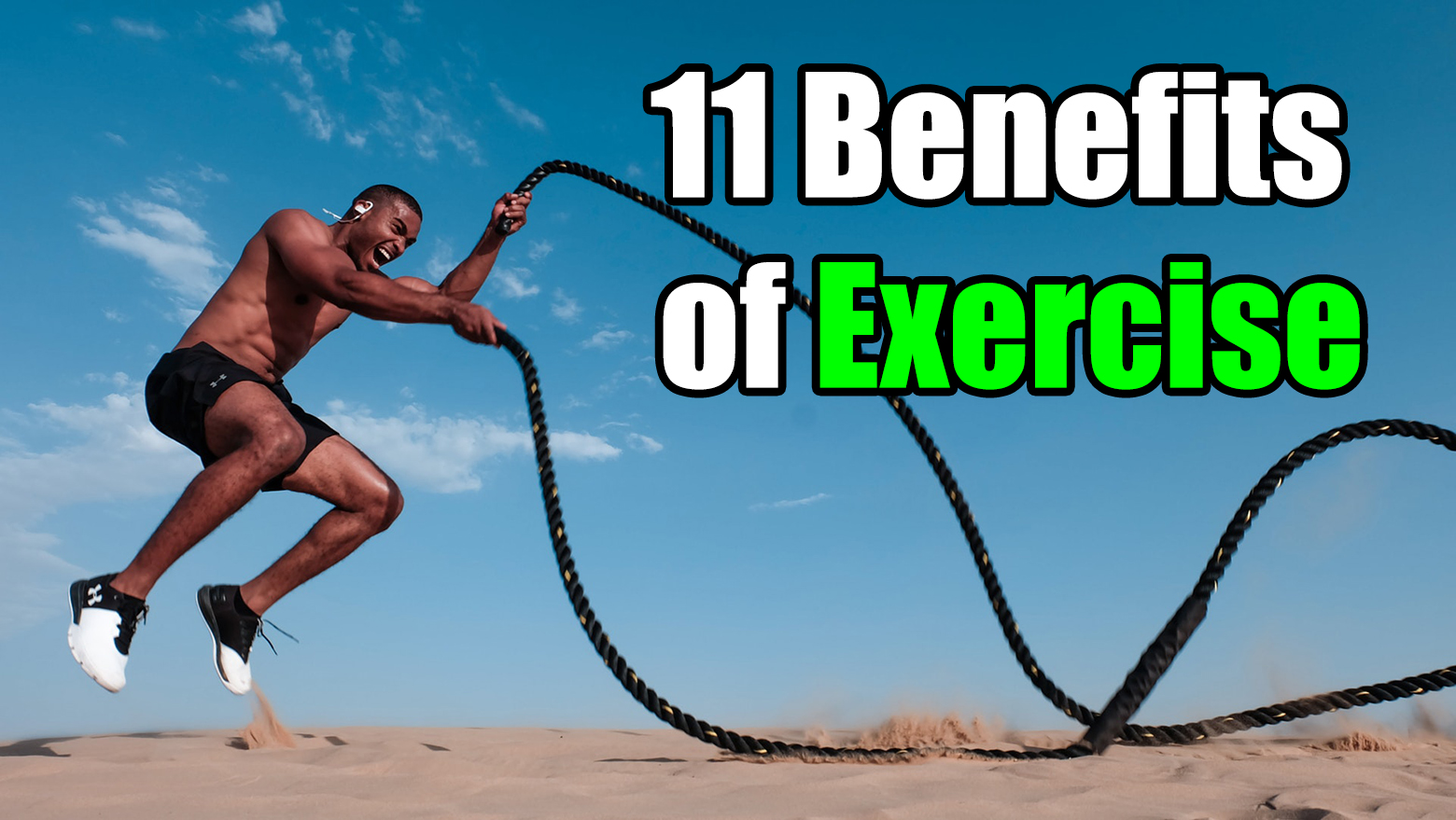Affection often arrives quietly. It shows up in posture, pacing, and small decisions a body makes before language catches up. A devoted partner orients toward connection rather than performance, creating steady warmth without theatrics. The signals below live in everyday moments, not staged displays. They show care through attention, access, and ease. Treat them as patterns, not verdicts. When several repeat across weeks, the feeling moves from guesswork to a grounded, lived understanding.
Soft Eyes And Dilated Pupils

Interest softens the muscles around the eyes and lingers in a deeper, steadier gaze. Pupils may widen a touch in friendly light, which makes the look feel warmer and more focused. The rest of the face follows with half-smiles that arrive before words. During group conversations, the gaze returns to the same person like a quiet anchor. It reads as presence, not surveillance, and it calms the room because attention feels chosen rather than claimed.
Torso And Feet Point Toward Connection
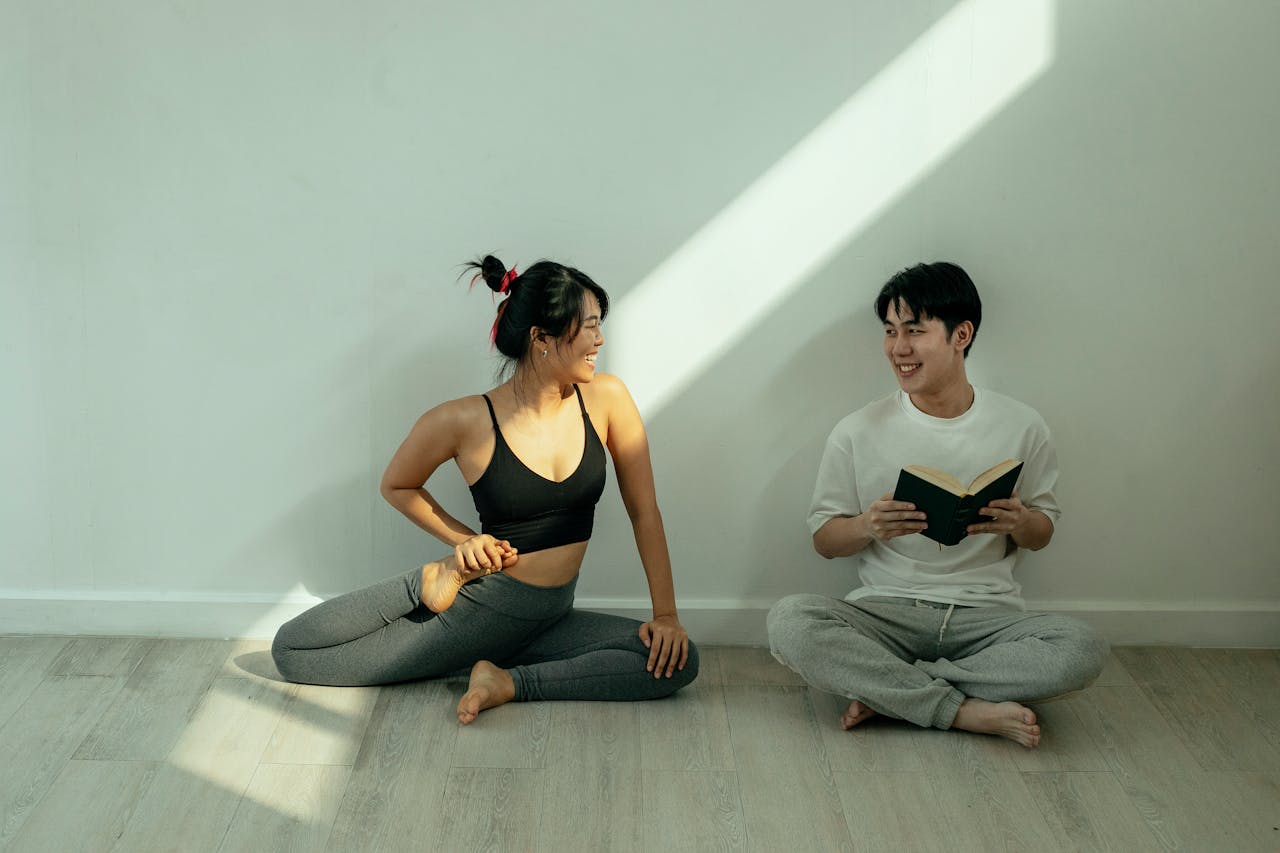
Bodies vote with orientation. A partner who angles torso, knees, and feet toward the person they value is signaling priority without announcing it. Shoulders square softly, arms stay uncrossed, and micro-adjustments maintain a clear line in crowded spaces. Even while talking to others, the body keeps a subtle hinge ready to swing back. Over time, that default alignment turns into a habit of closeness, the kind that needs no stage directions to sustain it.
The Comfortable Lean And Kept Distance

Attraction shows up as a gentle forward lean that holds without strain. The body closes small gaps at a table or while standing, then rests there as if the position were natural. The point isn’t crowding; it’s a bias toward nearness that respects comfort and context. When space is needed, the feet still remain within easy reach, ready to return. Those inches add up. They measure care more reliably than big speeches or scheduled gestures.
Touch That Lingers Without Demanding
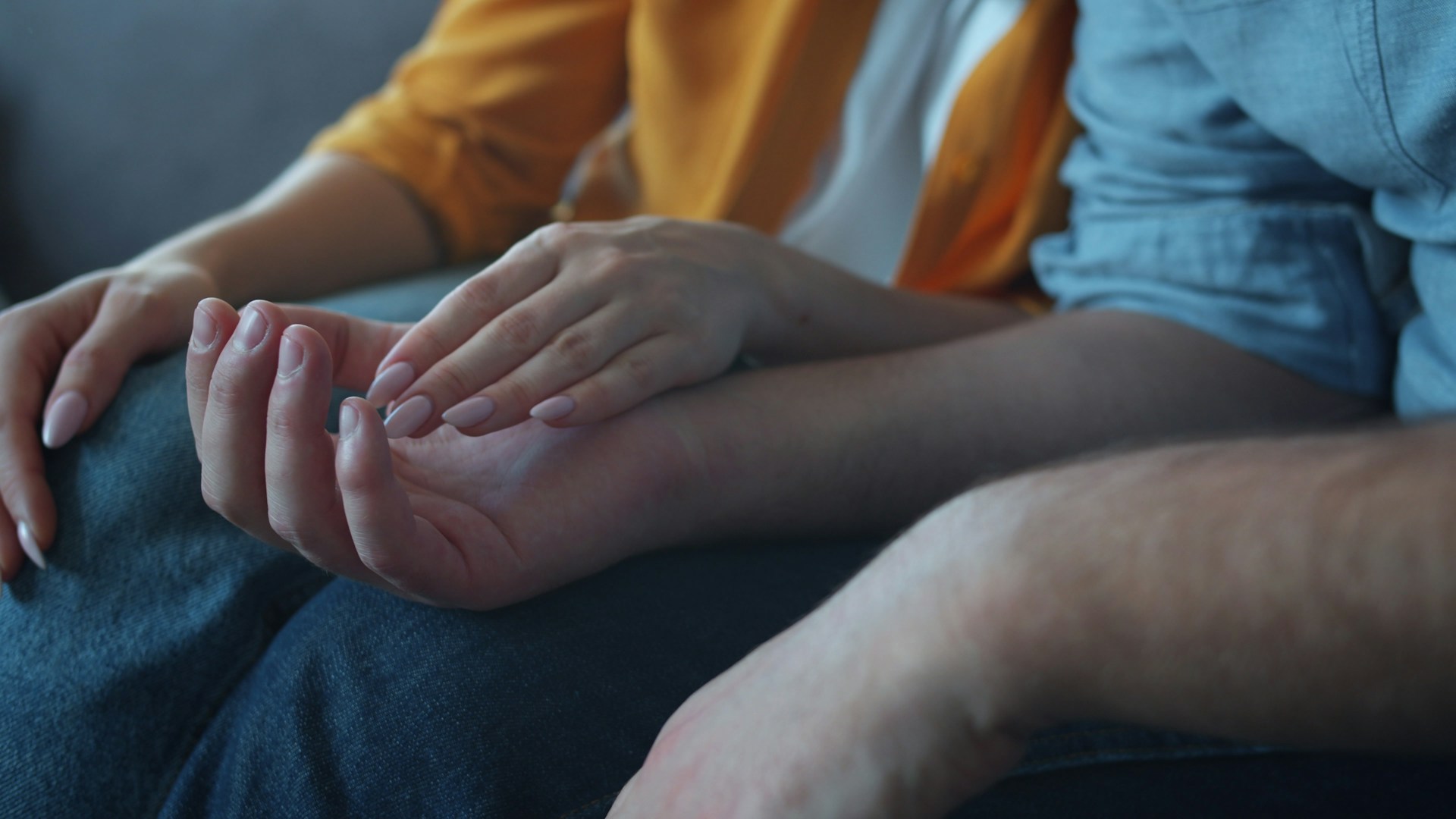
Affection prefers light, regular contact that suits the setting. A hand finds a shoulder during a story, fingers brush a sleeve while passing plates, or a palm steadies at a curb. The touch lingers a second longer than utility requires, then releases. It frames rather than claims. Later, the pattern repeats in small ways that feel unforced, and the nervous system learns the rhythm. Calm settles because connection arrives as reassurance, not a performance.
Micro Grooming For The Other Person
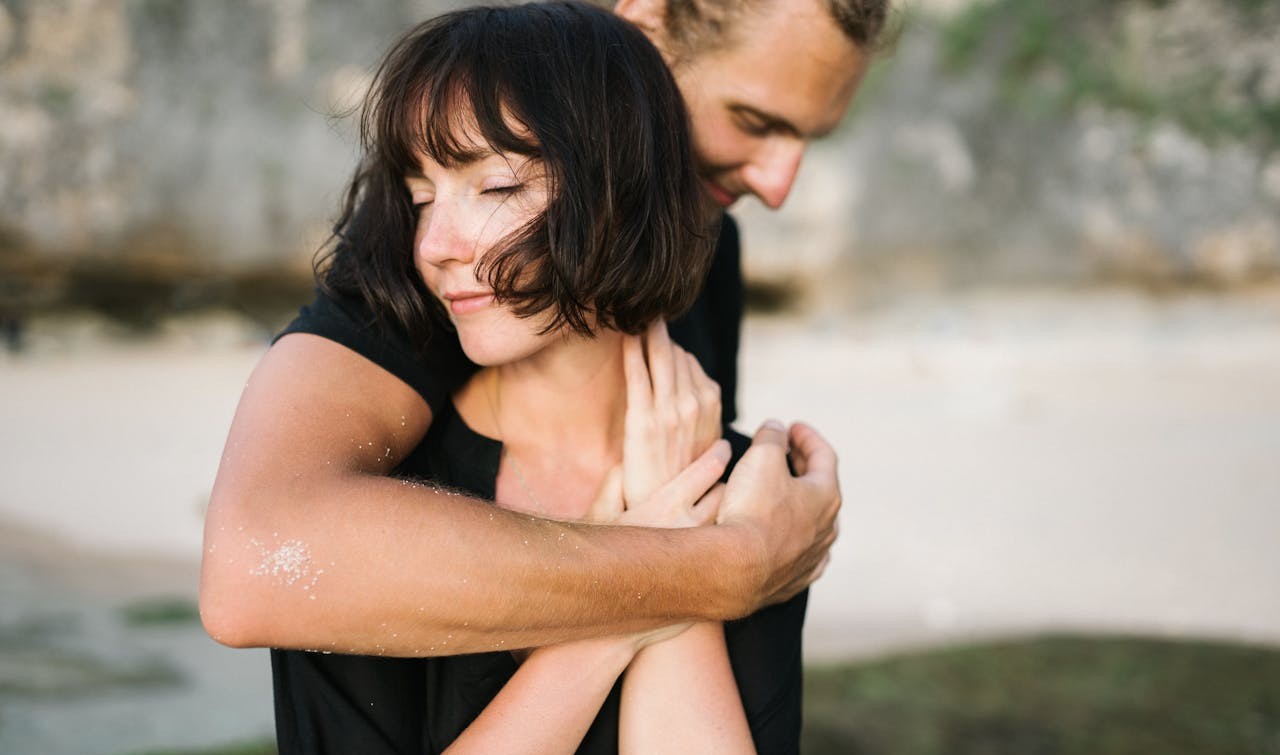
People often ready themselves for the person they love without comment. Hair gets smoothed, a cuff straightened, a collar aligned on approach, even without a mirror. The checks are quick and quiet, then ease returns once together. The message sits under the action: effort made to arrive well, followed by attention turned outward. Care for self becomes care for the shared moment, and the result reads as consideration rather than vanity.
Mirroring And Shared Tempo
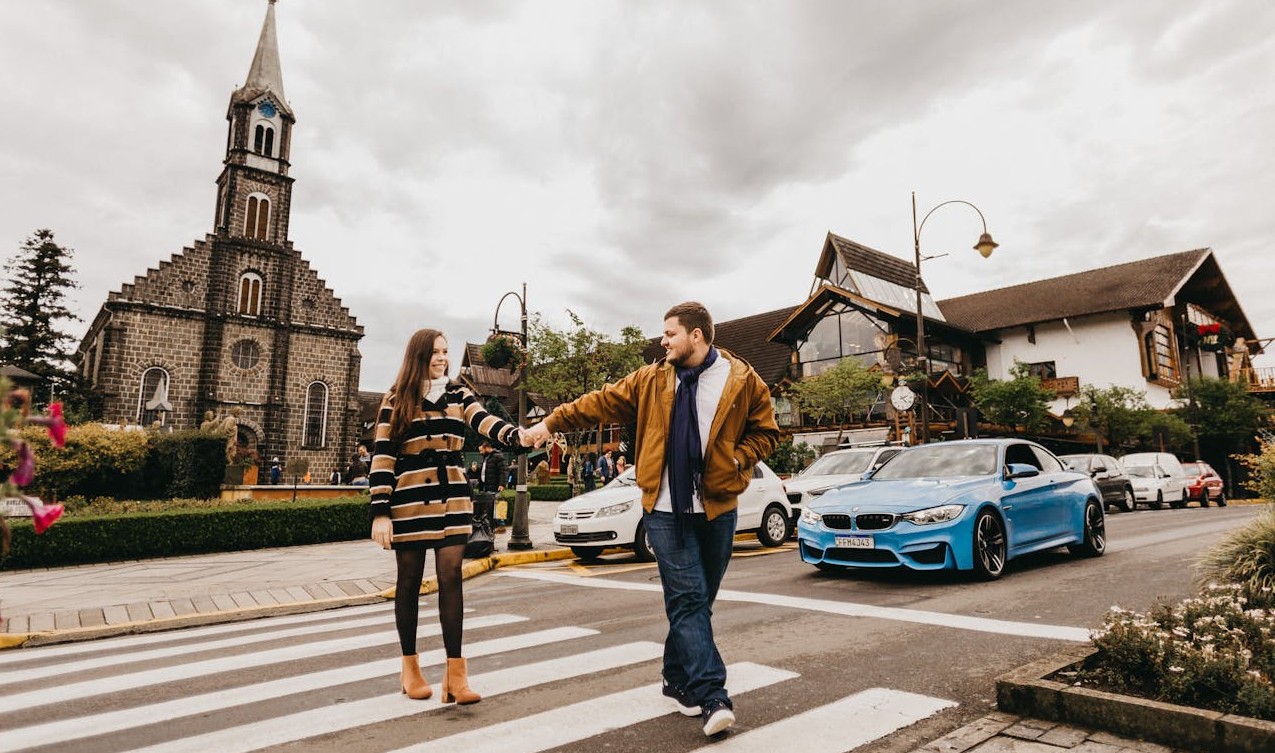
When attachment runs deep, postures, gestures, and speech rhythms begin to sync. Sips land within a beat, smiles answer each other, and hands settle in similar places on a table. The match is loose, never mimicry. It feels like harmony, not echo. In tense moments, the same coupling softens arguments by slowing tempo and lowering volume. Mirroring signals safety and membership, turning two nervous systems into better listeners than either manages alone.
Protective Placement In Crowds

In busy rooms or on narrow sidewalks, a caring partner quietly takes the draft. A body shifts to the curb side, opens a path through a doorway, or steadies an elbow when a train lurches. None of it reads as control. It’s traffic sense applied to love. The gesture lowers friction and keeps focus on the plan, not the obstacle course. When the squeeze passes, footing returns to equal, and the help disappears as cleanly as it came.
Attentive Head Tilts And Fewer Interruptions
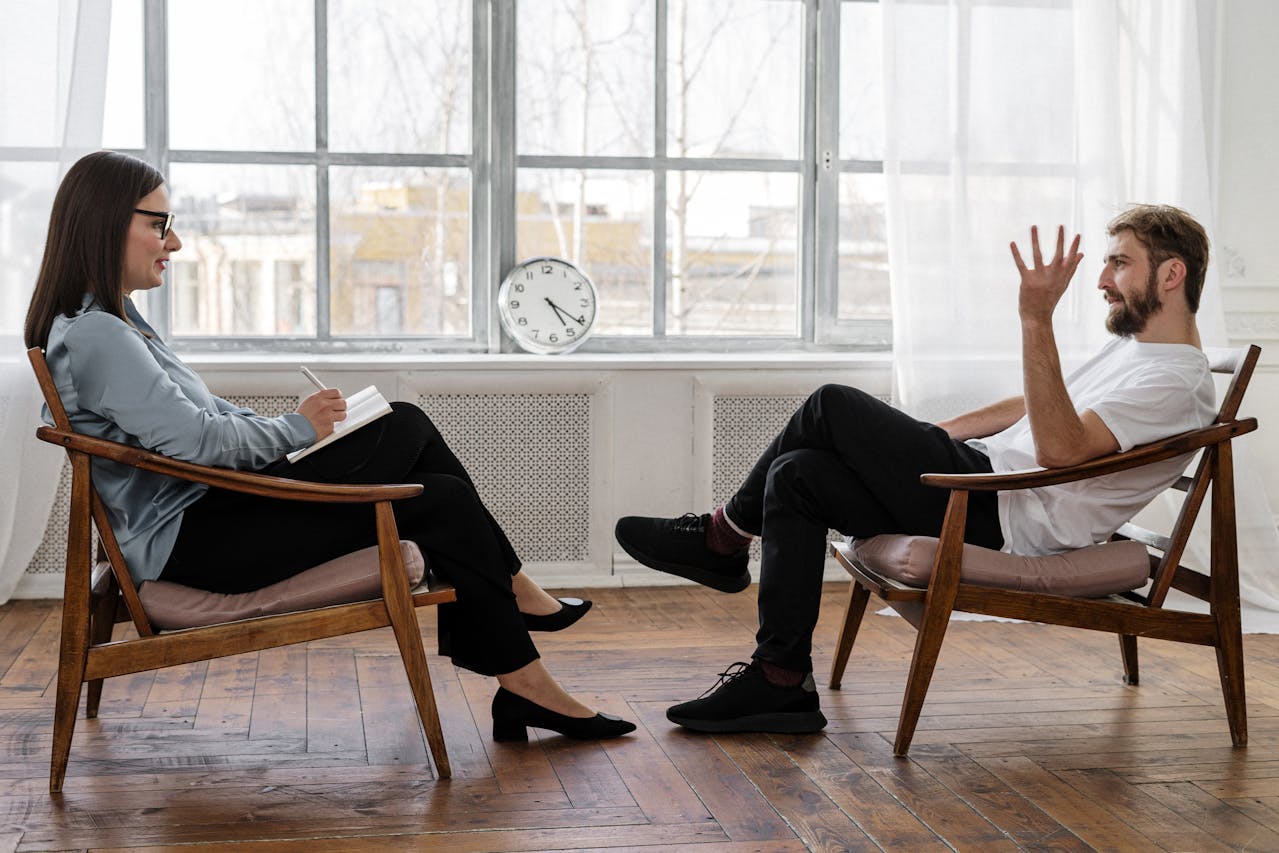
Good listening is visible. The head tilts slightly, eyebrows lift at key moments, and the mouth stays relaxed instead of loading the next reply. Questions land after a beat, not over a sentence. When stories loop, patience holds and the body remains oriented toward the speaker. Fidgeting stays low. The experience feels rare and generous: meaning gets time to finish forming, and the speaker leaves lighter because being heard was a physical fact, not a courtesy.
Laughs That Start In The Eyes

Real laughter begins in the eyes and moves outward. Shoulders release, breath deepens, and the room brightens a notch. With strong attachment, laughter shows up quickly and often, especially at small references that make little sense to others. It doesn’t land at someone’s expense. After the moment passes, softness remains in voice and posture. Joy leaves a residue the body keeps for a while, as if carrying proof that time together reliably feels better.


